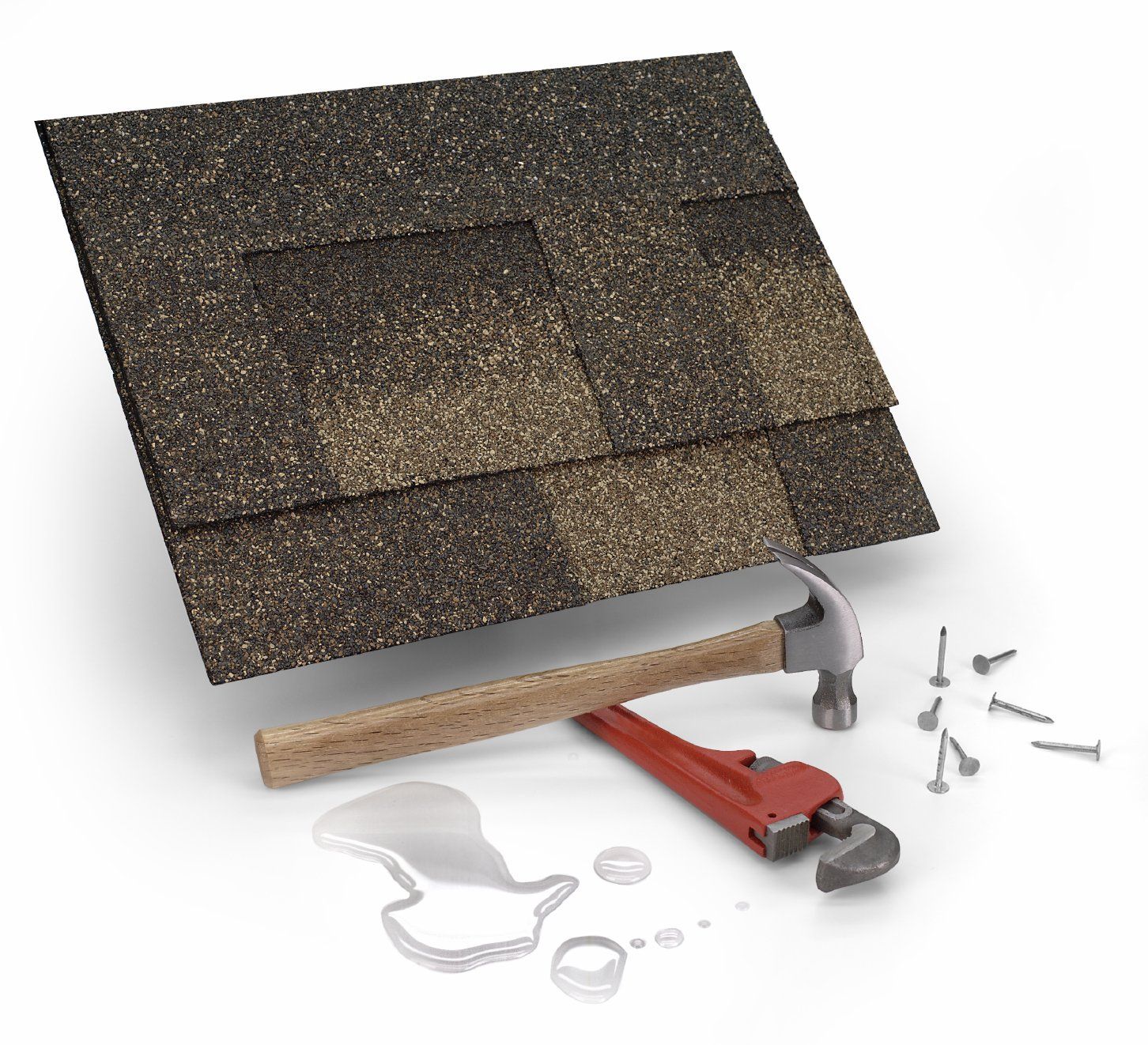There are a lot of people suffering with terrible property damages all the time. The outcomes of these damages are sometimes quick, involving emergency response and restorative efforts that bring people back to their homes or offices safely, other times they are not so simple. What I would like to discuss here are those situations where people begin to feel sick inside their homes or offices after one of these tragedies and put into perspective things to consider and ways to respond to those disasters.
Of course, a topic that covers such a broad category of potential subject matter could be a novel. To keep things simple, let’s focus on the fundamentals of building biology and what it means when you begin to sense something is unhealthy with the building and/or yourself.
Often, we receive calls from clients who are experiencing ill symptoms while inside a building but not outside of it. When we get these calls, we must determine what the potential contaminant(s) may be. Which leads to my first thing to remember:
Not everything is a result of mold – even on water damages.

Take, for example, hypersensitivity pneumonitis. Hypersensitivity pneumonitis takes place when the body is exposed to an inhaled foreign substance that causes an allergic response in the form of inflammation of the lungs. Sure, some molds can cause this, but so can organic dusts and some bacteria, such as thermophilic actinomycetes. Which leads to my second thing to remember:
It is very important that causative agents (of ill health) are identified as part of the assessment and restorative process.
It is sad say, but this is not a process commonly performed during normal disaster restoration and most assessment services. Which leads me to two more things to remember:
Don’t assume the experience and training of your contractor
– make sure it fits your needs and expectations before you hire them.
AND
Don’t delay getting a professional risk assessment performed on any property damage by a qualified risk assessor.
A lot of people do delay the risk assessment, trusting that a restoration company will be performing these types of assessments and remediating problems associated with found contamination, but this is not the case; in fact, restoration standards of care and authoritative associations and institutes of learning state that restoration companies that perform their own pre- and post- restoration assessments are operating within a conflict of interest. Be that as it may, remember this:
There are, usually, complications with doing these assessments after restoration takes place.
Even the best indoor environmental assessor cannot see through history and restoration processes already performed. Having the indoor environmental assessor involved throughout the restorative processes allows you an expert with specific expertise to empower you. I'll give you an example of what I'm talking about:

John Doe had an insurance claim where Misc. Roofing performed a partial roof repair. Months after the repair, Mr. Doe realizes that (1) the roof was not ventilated properly (2) and water was coming into his home through the progressively worsening roof, windows, and doors. While Mr. Doe did complain to the roofing company, Mr. Doe took it upon himself to “fix” the roof by installing “whirly bird vents” at the roof’s peak. Mr. Doe was satisfied with his repairs until he discovered mold colonization where the water intrusion had taken place before his repairs. Believing this damage was a result of the roof, Mr. Doe complains, again, to the roofers.
To make a long story short, Mr. Doe and the roofing contractor’s insurance company hire lawyers, each side hires their own indoor environmental assessor, and things get very tense – for everyone.
By the time the indoor environmental assessors arrive, two years have passed since the initial repairs and a year and a half have passed since Mr. Doe’s repairs. Yet, everyone wants to know: “Do you think all of this came from the roof?” And “Don’t you think I’m sick because of this mold?” You don’t have to be an indoor environmental scientist to see how difficult answering those questions can be after all that time and effort.
Had the indoor environmental assessor been involved initially everyone would have known things like:
There wouldn’t have been all this confusion, chaos, discomfort, disease, heartache, and expensive litigation. This leads to the next thing to consider:
Why take chances with everyone’s health and safety during and after the building’s restoration when you can gain solutions to your actual needs, reduce risk, and provide for guidance toward a successful restorative process the first time around?
Contact Gulf Coast Center for Indoor Air Quality Services to learn more about how we can serve you when responding to a building-related disaster or suspected building related illness/symptoms.
E-mail: myiaq@gulfcoastiaq.com
Call Us: 888 762 6322
Gulf Coast IAQ Headquarters
P.O. Box 181138
Tallahassee, FL 32318











All Rights Reserved | Gulf Coast Center for Indoor Air Quality Services LLC